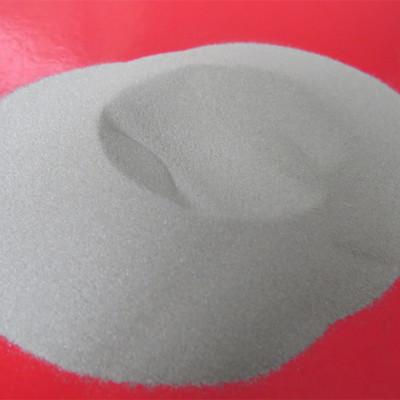

current position:Information and data>Safety protection knowledge of thermal spraying.
Safety protection knowledge of thermal spraying

Abstract: 1. Before the oxygen cylinder is installed with the pressure reducer, the oxygen valve should be opened slightly to blow off the dirt, so as to prevent dust and garbage from entering the pressure reducer and causing an accident. 2. It is forbidden to put oxygen cylinders, acetylene cylinders and other combustibles Gas cylinders are put together; where flammable products, oil
1. Before the oxygen cylinder is installed with the pressure reducer, the oxygen valve should be opened slightly to blow off the dirt, so as to prevent dust and garbage from entering the pressure reducer and blocking it, causing an accident.
2. It is forbidden to put oxygen cylinders and acetylene cylinders and other combustible gas cylinders together; all flammable products, grease and oily items cannot be transported in the same vehicle with oxygen cylinders.
3. When transporting oxygen cylinders and acetylene cylinders, the protective cap on the neck of the bottle should be installed. When using it, it should be placed in a proper and reliable place so that the protective cap on the neck of the bottle can be removed. Pull the bottle cap When it is time, it can only be unscrewed by hand or a wrench. It is forbidden to hit with a metal hammer to prevent sparks and accidents.
4. At least 6 to 8 buckles should be screwed on the oxygen pressure gauge nut on the oxygen cylinder nozzle. The screw joint should be tightened, and the pressure relief gauge adjustment screw should be loosened.
5. After installing the oxygen cylinder and the pressure reducer, slowly open the oxygen valve, check whether the joint of the pressure reducer connected to the oxygen cylinder is leaking, whether the indicator is flexible, and when opening the oxygen valve, do not face the pressure reduction The meter should stand on the side or behind the pressure reducer. Do not use pyrotechnics or open flames when checking for leaks. You can check with soapy water and use it after checking for leaks.
6. It is strictly forbidden for the mouth of the oxygen cylinder to contact grease, or use a greased wrench to screw the oxygen cylinder valve and the pressure reducing connection screw. It is also not allowed to wear greased gloves to avoid combustion and explosion accidents.
7. Oxygen cylinders, acetylene cylinders and pressure reducers should be properly placed before and after use to avoid impact and vibration.
8. When using acetylene cylinders and oxygen cylinders, they should be placed vertically and fixed with brackets to prevent falls.
9. Keep the distance between the oxygen cylinder and the acetylene cylinder, inflammable and explosive materials or other open flames above 8-10 meters. In some cases, when it is really difficult to reach 8-10 meters, it should be no less than 5 meters, but it must Strengthen protection.
10. The oxygen in the oxygen cylinder is not allowed to be used up completely, and at least a residual pressure of 1~2 kg/cm2 is left.
11. In winter, if the bottle valve and pressure reducer are frozen, hot water, steam or infrared light can be used to defrost, and open flame heating is strictly prohibited.
12. It is forbidden to use iron to slam each part of the gas cylinder, nor to screw the adjustment screw of the pressure reducing gauge, to prevent the airflow from rushing out at a high speed and causing an accident due to high temperature caused by local friction.
13. When operating in the open air in summer, oxygen cylinders and acetylene cylinders should be protected from direct exposure to hot sun to avoid gas expansion and explosion. They must be placed in a pergola or covered with a damp cloth.
Hot information

